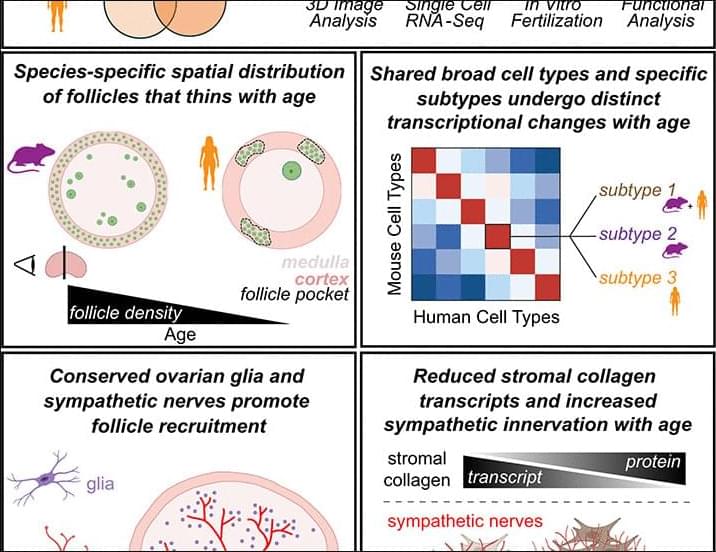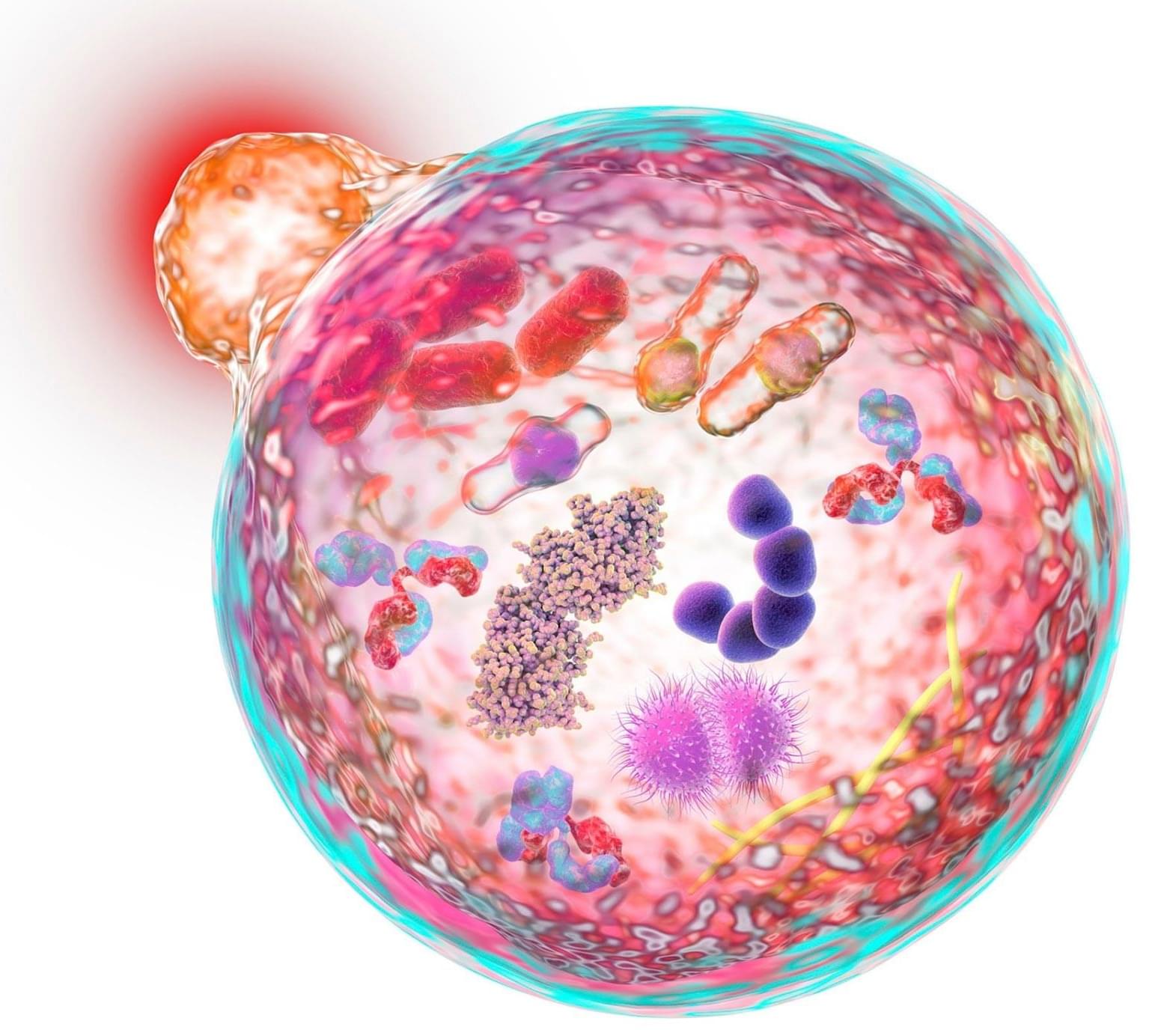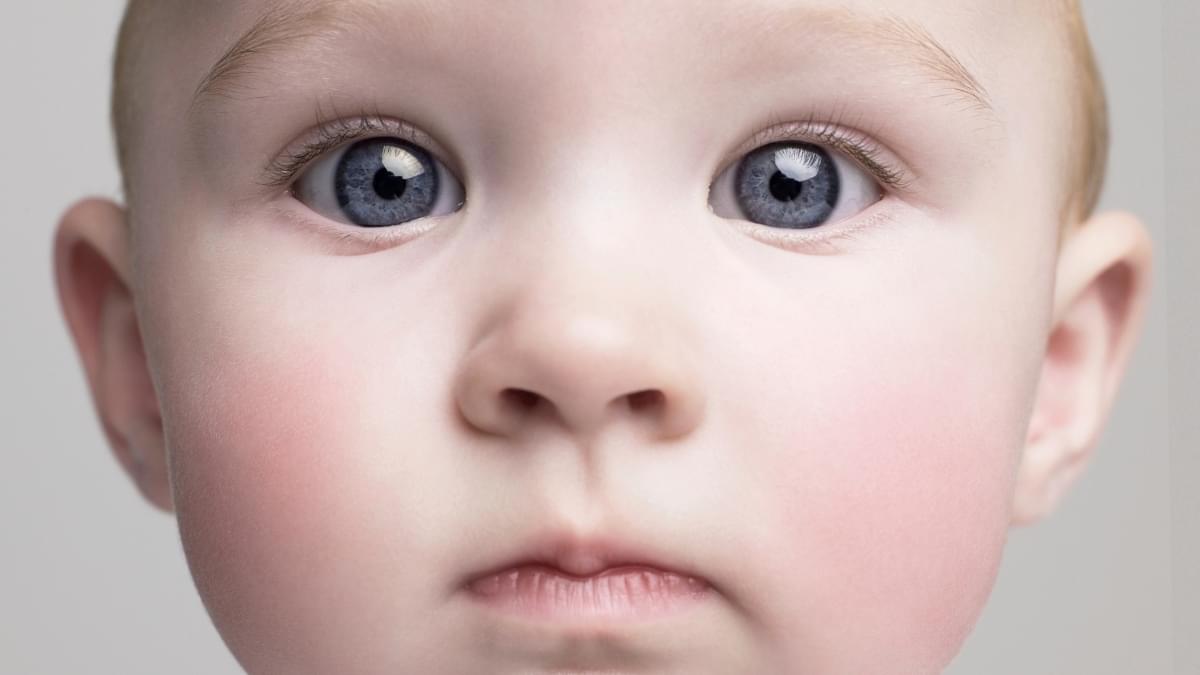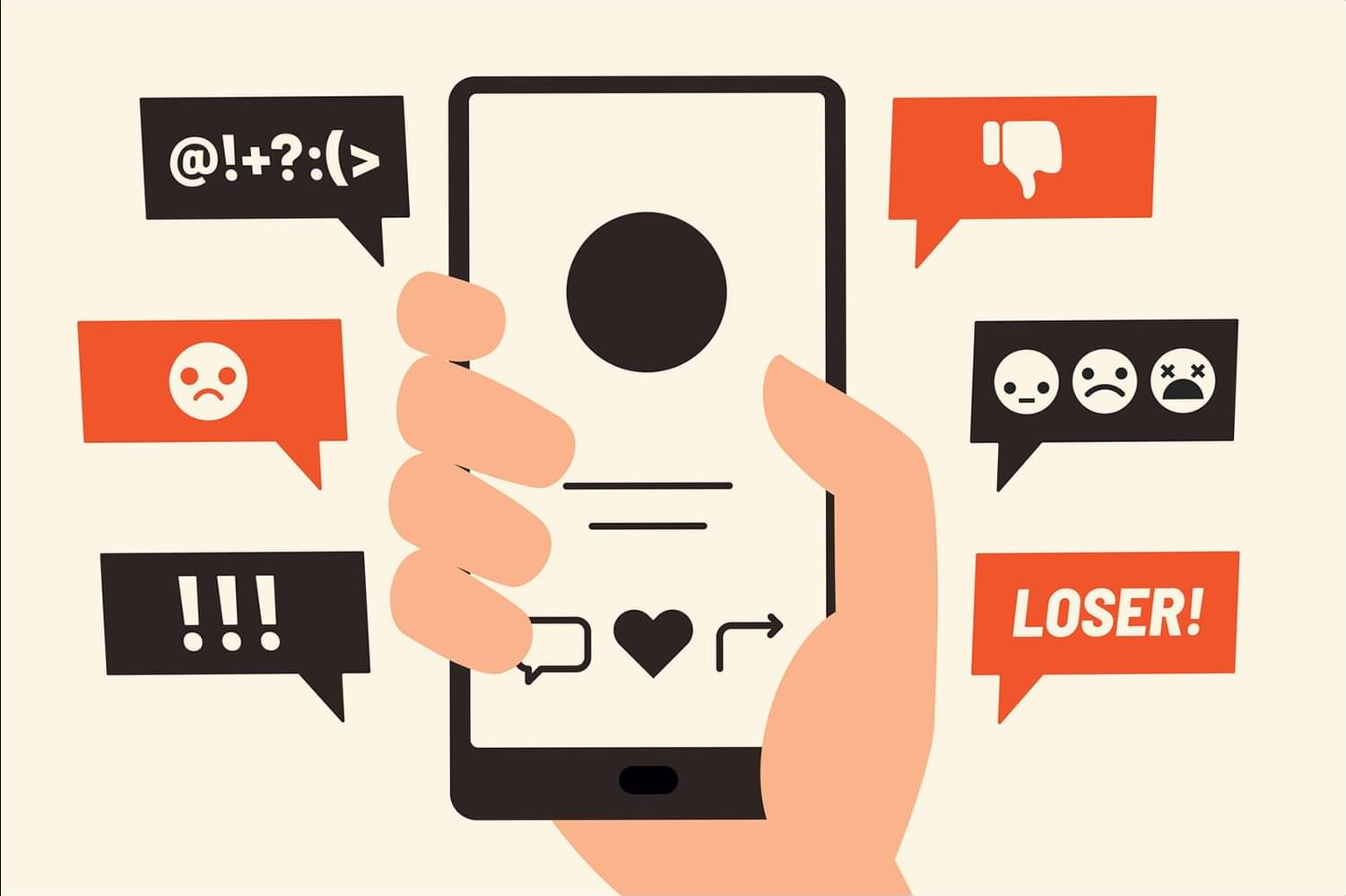Paramagnetic rim lesions are common in pediatric MS and are linked to greater lesion burden and gray matter atrophy.
Background and Objectives.


Cancer treatment with a cell-based immunotherapy causes mild cognitive impairment, a Stanford Medicine team found. They also identified compounds that could treat it.

The mouse is a tractable model for human ovarian biology; however, its utility is limited by incomplete understanding of how transcription and signaling differ interspecifically and with age. We compared ovaries between species using three-dimensional imaging, single-cell transcriptomics, and functional studies. In mice, we mapped declining follicle numbers and oocyte competence during aging; in human ovaries, we identified cortical follicle pockets and decreases in density. Oocytes had species-specific gene expression patterns during growth that converged toward maturity. Age-related transcriptional changes were greater in oocytes than in granulosa cells across species, although mature oocytes change more in humans. We identified ovarian sympathetic nerves and glia; axon density increased in aged ovaries and, when ablated in mice, perturbed folliculogenesis.
Support this channel on Patreon to help me make this a full time job: https://www.patreon.com/whatdamath (Unreleased videos, extra footage, DMs, no ads)Alter…





Stanford research reveals creators feel exhausted, depressed, and financially unstable due to constant pressure to post, algorithm unpredictability, and frequent “demonetization.” While rage bait may work short-term, it’s unsustainable. Creators eventually seek other revenue streams, only to be replaced by new outrage merchants.
Bottom line: Rage bait is a symptom of platforms’ engagement-based economic incentives—not an isolated phenomenon, but a “highly visible result” of the ecosystem social media companies have created.
“Rage bait” is Oxford’s Word of the Year. What makes anger so appealing?
Jeff Lutz is an ex Supply Chain C-Level Exec at several Fortune 100 companies like Google, Lenovo and Motorola. Currently running his own consulting firm.
Follow Jeff Lutz on X: @theJeffLutz.
Become a Patreon: / brighterwithherbert.
Become a YouTube Channel Member: / @brighterwithherbert.
Your support means alot! ❤️
My website: https://www.HerbertOng.com.
15+ modules of resources for the $TSLA Investor + free TESLA Milestone Tables.
Buying a Tesla? Use my referral link and get 3 months free FSD.